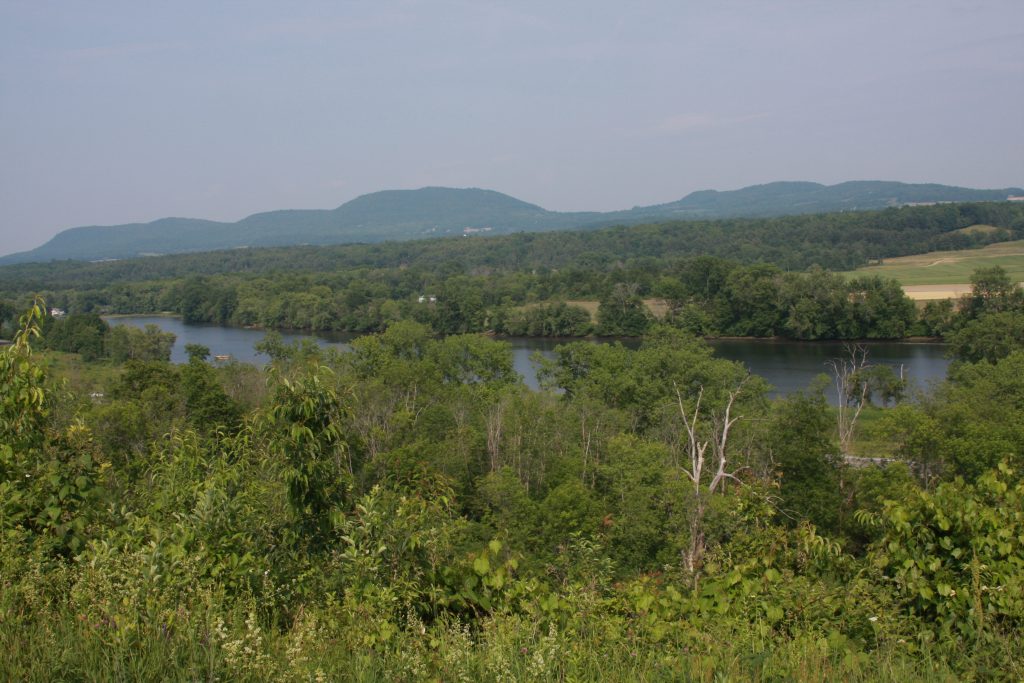June 11, 2023 @ 14:27 EDT
Site Visit #95
The war in the American colonies was generally going well for the British. They controlled major cities such as New York, Boston, and Philadelphia. Support for the colonial army was not as strong in the South as in the North. A plan was devised to split the northern colonies and hopefully crush the rebellion (cue Darth Vadar music).
The plan was to march north from New York and south from Canada along the Hudson River. Things seemed to be going well. A battle at Fort Ticonderoga was a disastrous loss for the American army and the British continued toward Saratoga. American troops dug in on the high grounds, directed by Polish engineer Thadeus Kosciuszko. Kosciuszko’s recommendations were ignored at Ticonderoga. Not this time.
British General Burgoyne tried to sweep around the defenses but was stymied by the terrain. Ultimately, two battles were fought; the first on September 19, 1777; and the second on October 7. Both were resounding American victories. The first battle left the British with little food and supplies. They hoped for reinforcements from the south but most of those were sent to support the occupation of Philadelphia instead.
The second battle further decimated Burgoyne’s ranks. He tried to escape back to Canada but is stopped by American forces. On October 17, he formally surrenders his army to the Colonial Army – the first time ever that an entire British army surrendered.

The victory reinvigorated the American army and denied the British plan to split off New England. But with the retrospect of history, we can see the world-changing effect this battle had.
The most obvious (from an American viewpoint) was the French recognition of the United States and its agreement to aid the American cause. Without this aid and despite Saratoga, it is unlikely that independence would have been achieved. But that was just the start!
Britain declared war on France for meddling with their colonies. Spain, seeing Britain getting more entangled in conflicts – and more importantly, seeing that they could be defeated – declared war on England. The Netherlands was commercially supporting France and Spain and soon found themselves at war with Britain. Finally, the British East India Company began harassing French trade in southern Asia, leading to war in India where a coalition of Indian states declared war on Britain in 1780.
We learned in school that Washington defeated Cornwallis at Yorktown, ending the American Revolutionary War. The reality is a bit more complex. The surrender, aided by the French fleet was a second disaster for Great Britain in the Americas. With all of the other wars now going on literally around the world, England decided this was the least worth pursuing.
Britain would remain a major world power for another 150 years, but their air of invincibility was severely tarnished by a colonial army at Saratoga.
The National Park site encompasses most of the original battlefield. A self-guided auto tour weaves around the park with several stops at key points. Signs along the roads mark when one crosses into and out of the defensive lines of each side. The park further highlights that boundary line with painted posts spaced maybe 25 feet apart following the course of the line into adjacent fields.
The visitor center itself has a video on the campaign and battles. A gift shop and some displays complete its contents.
Civil War sites seem to garner more attention than Revolutionary War sites. On this trip so far, I’ve visited two Revolutionary War sites, learning quite a bit at each site. The sites from this war are every bit as important in the creation of the United States of today as Civil War sites. Fortunately, there are several more such sites to visit in future trips.
Steve